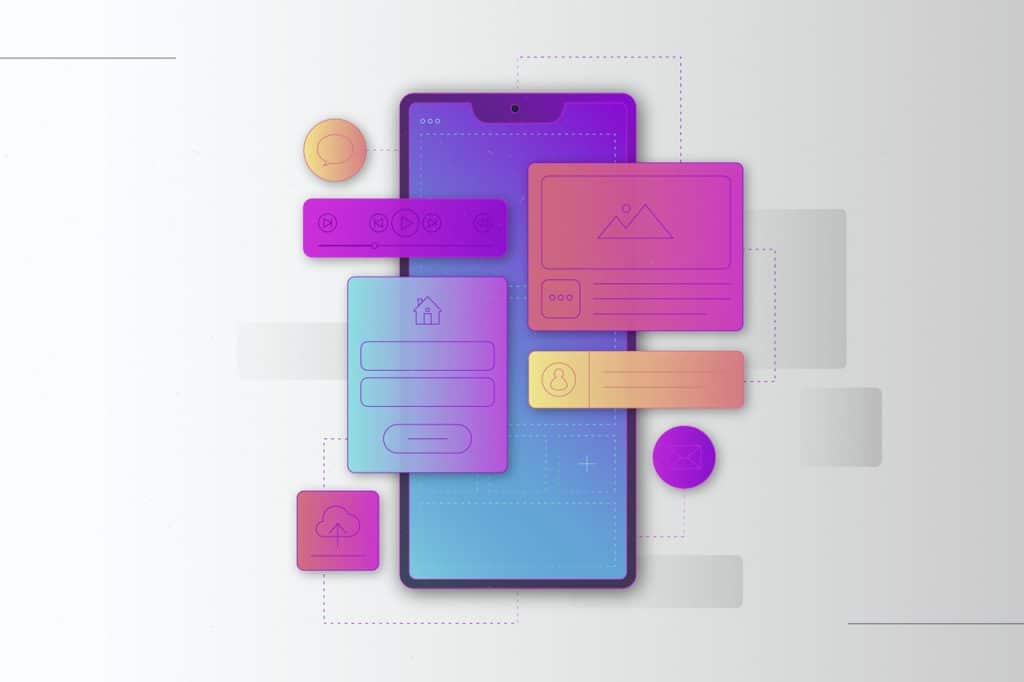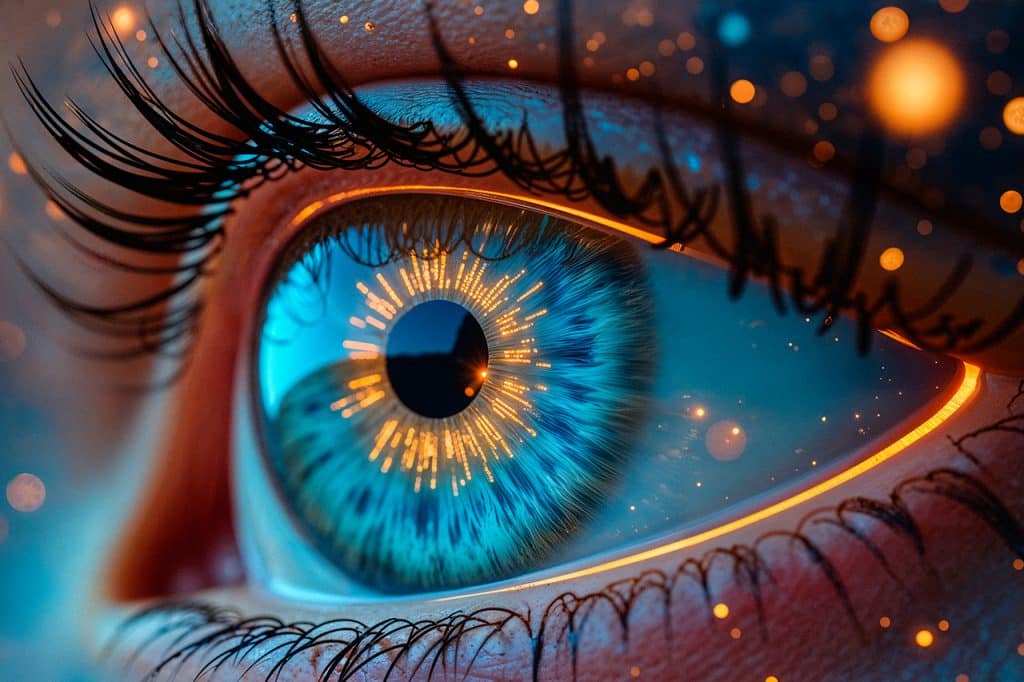User Interface (UI) design is the bridge between users and technology. It transforms functionality into a visual experience that feels natural, intuitive, and enjoyable. With the increasing demand for seamless digital interactions, mastering UI design has never been more critical.
In this blog, we’ll explore the principles, process, and trends shaping the world of UI design.
What Is User Interface Design?
User Interface design focuses on the look and feel of a product. It involves designing visual elements like buttons, typography, color schemes, and layouts to create an intuitive and aesthetically pleasing experience.
While UX design is about how a product works, UI design is about how it looks and how users interact with it. Together, they create a harmonious user experience.
Why Is UI Design Important?
- First Impressions Matter: A visually appealing interface instantly captures user attention and builds trust.
- Enhances Usability: Intuitive UI design reduces cognitive load, making it easier for users to navigate and interact.
- Drives Engagement: A well-designed interface encourages users to explore and engage with the product.
Example: Instagram’s minimalist UI design ensures a clean and engaging experience for users.
Principles of Effective UI Design
1. Clarity
Every element on the interface should serve a clear purpose. Avoid clutter and focus on guiding the user’s attention.
- Use familiar icons and labels.
- Maintain a clear visual hierarchy.
- Provide ample whitespace for a clean layout.
Tip: Apply the “One Screen, One Goal” principle to simplify user tasks.
2. Consistency
Consistency across all screens and elements creates a sense of familiarity.
- Use a consistent color palette, typography, and button styles.
- Maintain uniform interaction patterns.
- Align design with your brand’s identity.
Example: Spotify uses a consistent dark theme and green accent color throughout its app.
3. Feedback
Users should know when their actions are registered.
- Use animations, sound effects, or visual cues to acknowledge user input.
- Highlight active states (e.g., a clicked button).
- Provide error messages that guide users toward resolution.
Tip: Subtle micro-interactions, like a button glow on hover, enhance user engagement.
4. Accessibility
Inclusive design ensures that all users, regardless of abilities, can interact with your interface.
- Use sufficient color contrast for readability.
- Design for keyboard and screen reader navigation.
- Provide alternative text for images and icons.
Example: Google’s Material Design guidelines emphasize accessibility in UI components.
5. Responsiveness
Design interfaces that adapt seamlessly to different devices and screen sizes.
- Use fluid grids and flexible layouts.
- Prioritize mobile-first design for smaller screens.
- Test UI components across devices to ensure consistency.
Tip: Leverage tools like Figma or Sketch to create responsive design prototypes.
The UI Design Process
- Research and Planning
- Understand user needs, behaviors, and preferences.
- Analyze competitor interfaces to identify trends and gaps.
- Wireframing and Prototyping
- Create low-fidelity wireframes to define the structure and layout.
- Develop interactive prototypes to test design flows.
- Visual Design
- Choose a color scheme, typography, and imagery that aligns with your brand.
- Focus on creating a cohesive and aesthetically pleasing interface.
- Testing and Iteration
- Conduct usability tests to gather user feedback.
- Refine designs based on insights to address usability issues.
Emerging Trends in UI Design
- Dark Mode: Offers a sleek look and reduces eye strain, gaining popularity across apps.
- Neumorphism: A design style blending flat design with subtle 3D elements for a modern, tactile feel.
- Voice UI: Interfaces designed for voice commands, such as virtual assistants.
- Micro-Animations: Small, engaging animations that guide and delight users.
UI Design Tools
UI designers rely on various tools to bring their visions to life:
- Figma: Collaborative interface design and prototyping.
- Adobe XD: End-to-end UX/UI design.
- Sketch: Popular for vector editing and prototyping.
Final Thoughts
User Interface design is the art of making technology accessible and enjoyable. A great UI doesn’t just look good—it feels intuitive, responds predictably, and engages users effortlessly.
As technology evolves, UI design will continue to adapt, bringing new opportunities to create impactful and memorable user experiences.


